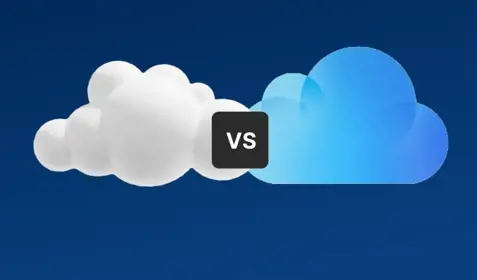Migrating to the Cloud? Employ these four tactics to get everyone on board.
It’s finally happening: After months of debate, presentations, and meetings at the highest level, a 2017 cloud migration strategy is announced. It’s about time, but pleased is the last thing many employees will feel. Instead, there’s the inevitable grumbling from old dogs who don’t like new tricks.
You’ve delved into compliance requirements, your failover plan is flawless, and you’ve identified key business processes that will benefit from the cloud’s agility and scalability. But your employees are concerned: will jobs be eliminated? Will important processes be interrupted? Will legacy system data no longer be accessible? The most well-laid plans for cloud migration should include a communications strategy to get your employees excited and ready.
Consider these four tactics for a cloud migration communications strategy.
Reassure employees that they’re not going anywhere
Make it clear to your employees that automation and efficiency will allow them to spend more time on strategy and less time with hands-on, repetitive day-to-day tasks. Now that you’re in the cloud, for example, there’s no need to update multiple databases each time a customer emails, calls, or reaches out on Facebook—your new cloud CRM integration, for example, will ensure that all data is synced automatically. Unless you have employees whose sole job is data entry, no one needs fear that their job is going away.
Clearly communicate timelines, dependencies, and procedures
Ensure that all affected employees receive clear notice of the cloud migration well in advance—one email the morning of won’t cut it. Include as many details as possible: the reason for the move, dates of the migration, and especially potential system downtime. And be sure to offer employees a way to ask questions for anything unclear—consider briefing managers with extra details in advance, setting up a designated inbox, or holding an all-hands meeting.
Articulate the work-life benefits of cloud-migration
With all your software and platforms in the cloud, employees will be able to work from virtually anywhere, with any device—their work laptop, smartphone, or tablet. Gone are the days of complicated VPN processes and trouble accessing files when not at work: with the cloud’s Unified Communications, people can simply and efficiently access the network. Traveling for work or had to take an unexpected day off? You’ll still be connected with the tools you need to get work done. Bonus if you have a lot of remote employees: cloud collaboration tools will maximize productivity, with no need for face-to-face meetings.
Document and distribute a cloud governance model
Once you’ve migrated to the cloud, questions will inevitably arise like: Who has access to what? How is access granted? What happens if someone leaves the company? Be prepared in advance to answer these questions by outlining clear roles and responsibilities. Not only with this allow for a smoother transition, it will help ensure that security concerns are identified and handled appropriately.
Ready to move your organization to the cloud? Contact Vonage Business today!










